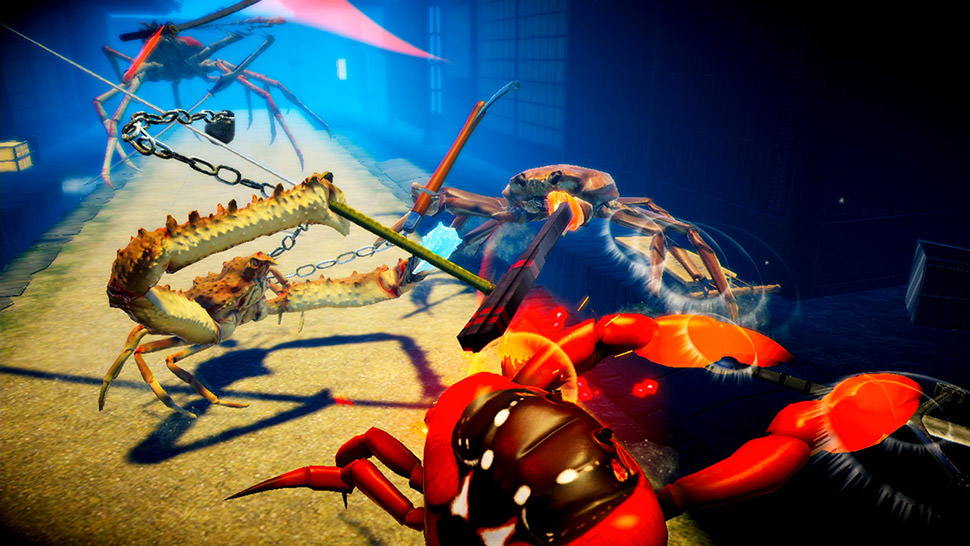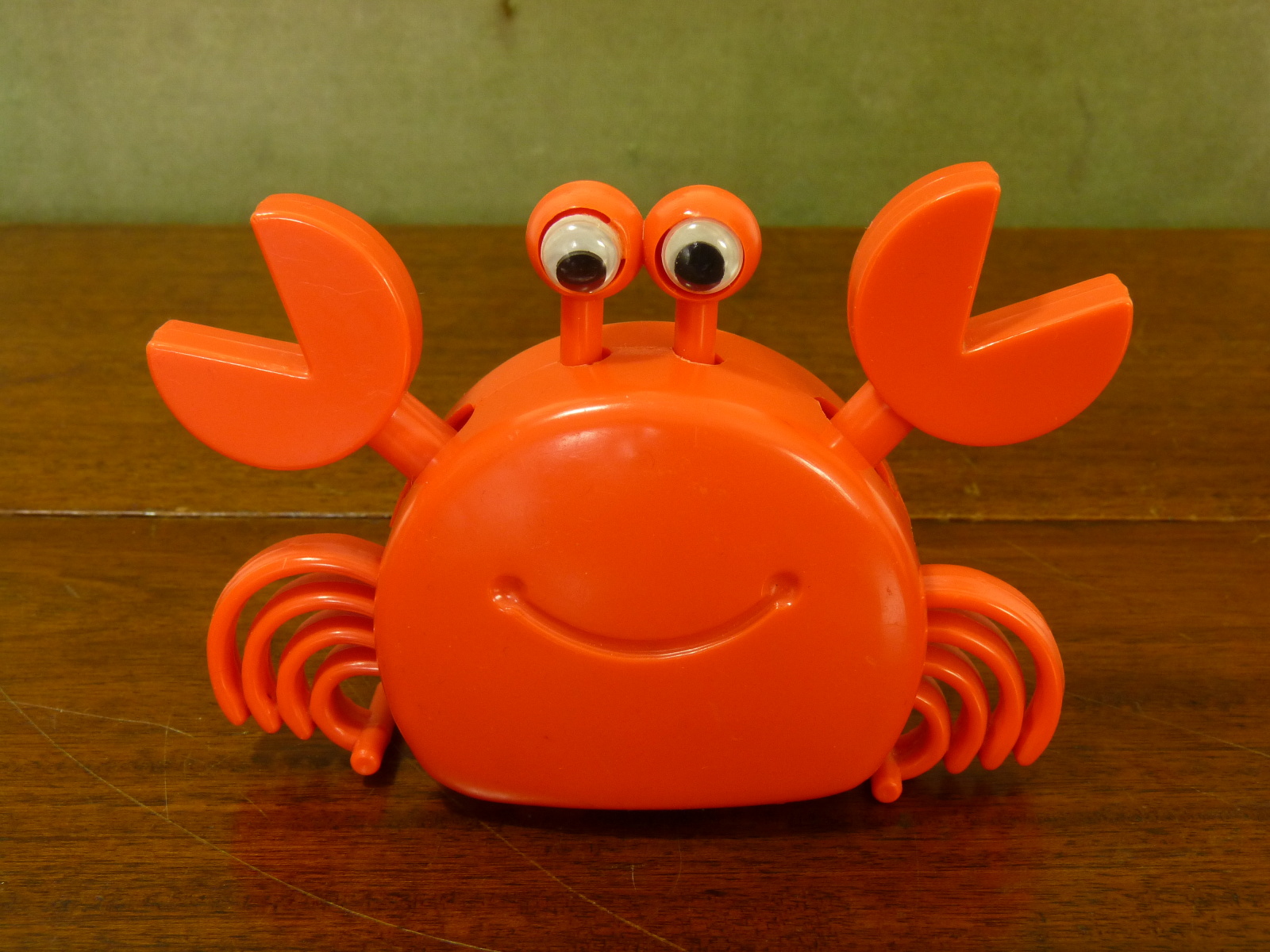

Obstacle course: Set up a simple obstacle course with accessible items, such as a chair to skip around and a pot to skip over.You can amp up the difficulty by asking them to go forward and back, or make it more competitive by seeing which child gets the most skips in a set amount of time. Jumping rope: Have your kids jump rope for a timed duration.They then try to hop, skip, or jump their way through the course without landing in that square. There are tons of ways to play, but with all of them a player essentially throw a small object (like a beanbag) onto one of the squares. Hopscotch: Set up a hopscotch board (a grid of numbered squares) using either chalk (outside) or masking tape (inside).Skipping can be a fun form of aerobic activity that can also challenge skills such as balance and coordination.

Properly fitting protective gear is a good idea if you're using a small or hard ball, or if your child is still working on their coordination. When playing inside, it's ideal to use a soft ball, like a squishy yoga ball, a foam ball, or even bean bags, to keep games safe and injury-free. Parents should always find a safe location for their child to play with a ball inside (i.e., some place with ample distance from breakable items).

Other ideas include dribbling, passing, and rolling a ball back and forth between partners. Throwing, rolling, or kicking a ball against the wall.
 Catching balls with a plastic mixing bowl. Hitting balls at a target with a household object. Some examples of indoor ball games that don’t require a lot of space include: Some of the benefits include aerobic exercise, balance, and coordination practice. (Plus, kids usually gravitate toward any activity that involves a ball.) Playing ball games indoors or outside can be great exercise for kids. Traffic: In this BOKS variation of "Red Light, Green Light," there's more going on on "the road." Kids stop and start at red and green lights, but they also shuffle to the side for a yellow light, do bunny hops at speed bumps, link elbows and run with a partner for a "carpool," and even gallop when the cue is "deer crossing." Make up some more moves with your kids!. If you have a large group, you could have the lines shift sideways between reps so kids meet a different friend in the middle of the room each time. The focus is on the high-fives and the social interaction. Then, they return to the starting point and repeat. They need to do three squats, giving each other a high-five with both hands in between each rep. On "go," all kids run toward the center of the room and meet in the middle. Squat relay: Have kids line up on opposite sides of the room, facing each other. Again, give kids input on choosing the "hit it" skill. Finally, say "hit it!," a cue to incorporate another skill (such as a tuck jump or squat). Then call out "back," a prompt for them to run in reverse. Go back and hit it: On "go," kids run forward in designated lanes. Akpan suggests letting kids decide what exercises to do in each corner to give them ownership over the game. On your cue, they need to return to "home" and do a few easy exercises (say, five jumping jacks or one 30-second plank). Then, have them run around the room in a circle. Corners: Divide kids up so that they each have a home corner. To make exercise more fun for kids, turn it into a game. Start with a few minutes of warm-up exercises to get muscles and hearts moving. They can be done in small bursts of five to 10 minutes, or you can string several activities together for a longer physical playtime. These ideas require no equipment or large outdoor spaces. What follows are suggestions for easy exercises for kids-movements and games that they'll enjoy and benefit from. And it helps them do better in school, both academically and behaviorally, too. It's a fantastic way to add fitness to their daily routine. Kids arrive at school about 45 minutes early and spend that time in fun, active play. Instead of "working out," think of it as "exercise play." That's the term used by Ewunike Akpan, a personal trainer certified by the American Council on Exercise and the associate manager for the mid-Atlantic region for BOKS (Build Our Kids' Success).īOKS is a school-based fitness program for elementary and middle school kids, and it's all about fun and games.
Catching balls with a plastic mixing bowl. Hitting balls at a target with a household object. Some examples of indoor ball games that don’t require a lot of space include: Some of the benefits include aerobic exercise, balance, and coordination practice. (Plus, kids usually gravitate toward any activity that involves a ball.) Playing ball games indoors or outside can be great exercise for kids. Traffic: In this BOKS variation of "Red Light, Green Light," there's more going on on "the road." Kids stop and start at red and green lights, but they also shuffle to the side for a yellow light, do bunny hops at speed bumps, link elbows and run with a partner for a "carpool," and even gallop when the cue is "deer crossing." Make up some more moves with your kids!. If you have a large group, you could have the lines shift sideways between reps so kids meet a different friend in the middle of the room each time. The focus is on the high-fives and the social interaction. Then, they return to the starting point and repeat. They need to do three squats, giving each other a high-five with both hands in between each rep. On "go," all kids run toward the center of the room and meet in the middle. Squat relay: Have kids line up on opposite sides of the room, facing each other. Again, give kids input on choosing the "hit it" skill. Finally, say "hit it!," a cue to incorporate another skill (such as a tuck jump or squat). Then call out "back," a prompt for them to run in reverse. Go back and hit it: On "go," kids run forward in designated lanes. Akpan suggests letting kids decide what exercises to do in each corner to give them ownership over the game. On your cue, they need to return to "home" and do a few easy exercises (say, five jumping jacks or one 30-second plank). Then, have them run around the room in a circle. Corners: Divide kids up so that they each have a home corner. To make exercise more fun for kids, turn it into a game. Start with a few minutes of warm-up exercises to get muscles and hearts moving. They can be done in small bursts of five to 10 minutes, or you can string several activities together for a longer physical playtime. These ideas require no equipment or large outdoor spaces. What follows are suggestions for easy exercises for kids-movements and games that they'll enjoy and benefit from. And it helps them do better in school, both academically and behaviorally, too. It's a fantastic way to add fitness to their daily routine. Kids arrive at school about 45 minutes early and spend that time in fun, active play. Instead of "working out," think of it as "exercise play." That's the term used by Ewunike Akpan, a personal trainer certified by the American Council on Exercise and the associate manager for the mid-Atlantic region for BOKS (Build Our Kids' Success).īOKS is a school-based fitness program for elementary and middle school kids, and it's all about fun and games.








 0 kommentar(er)
0 kommentar(er)
